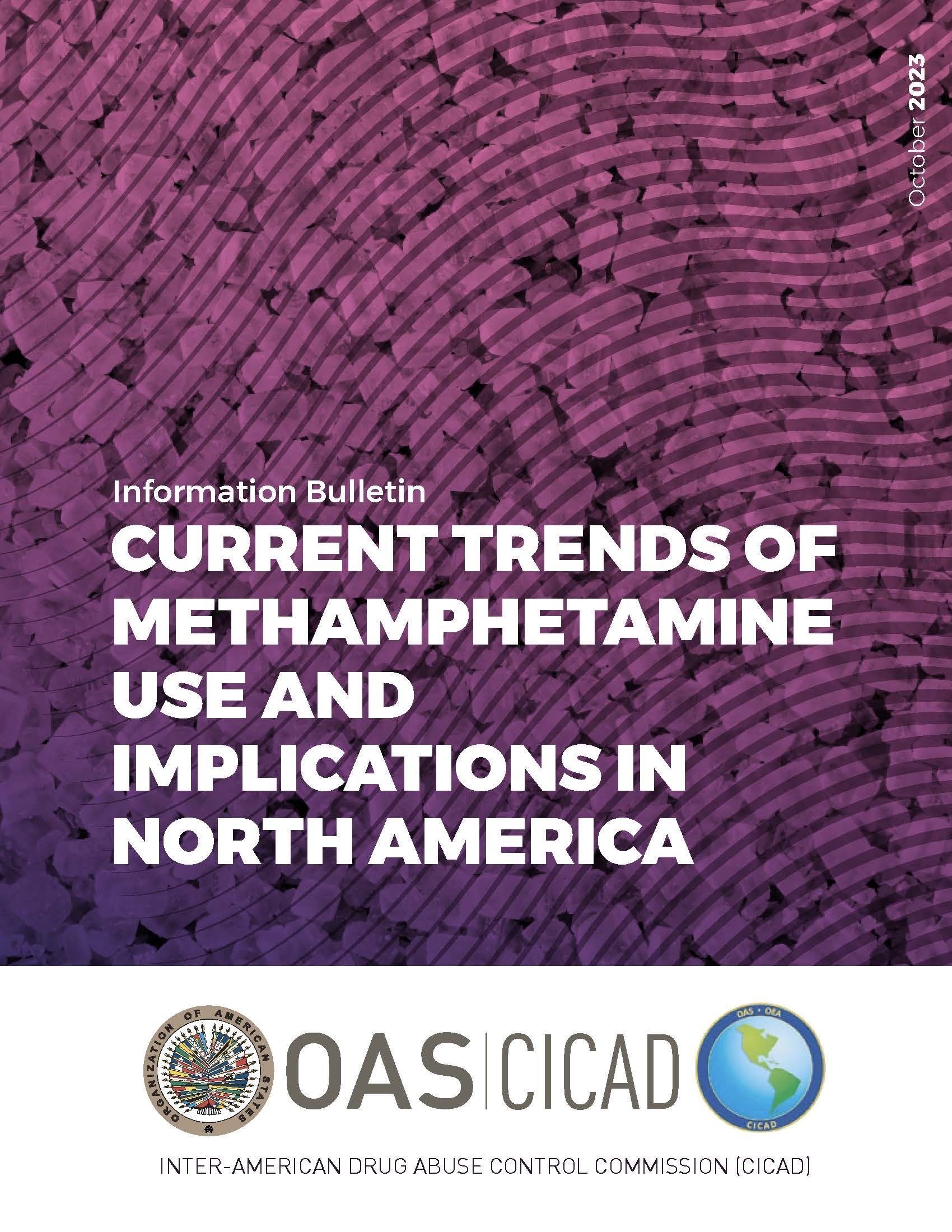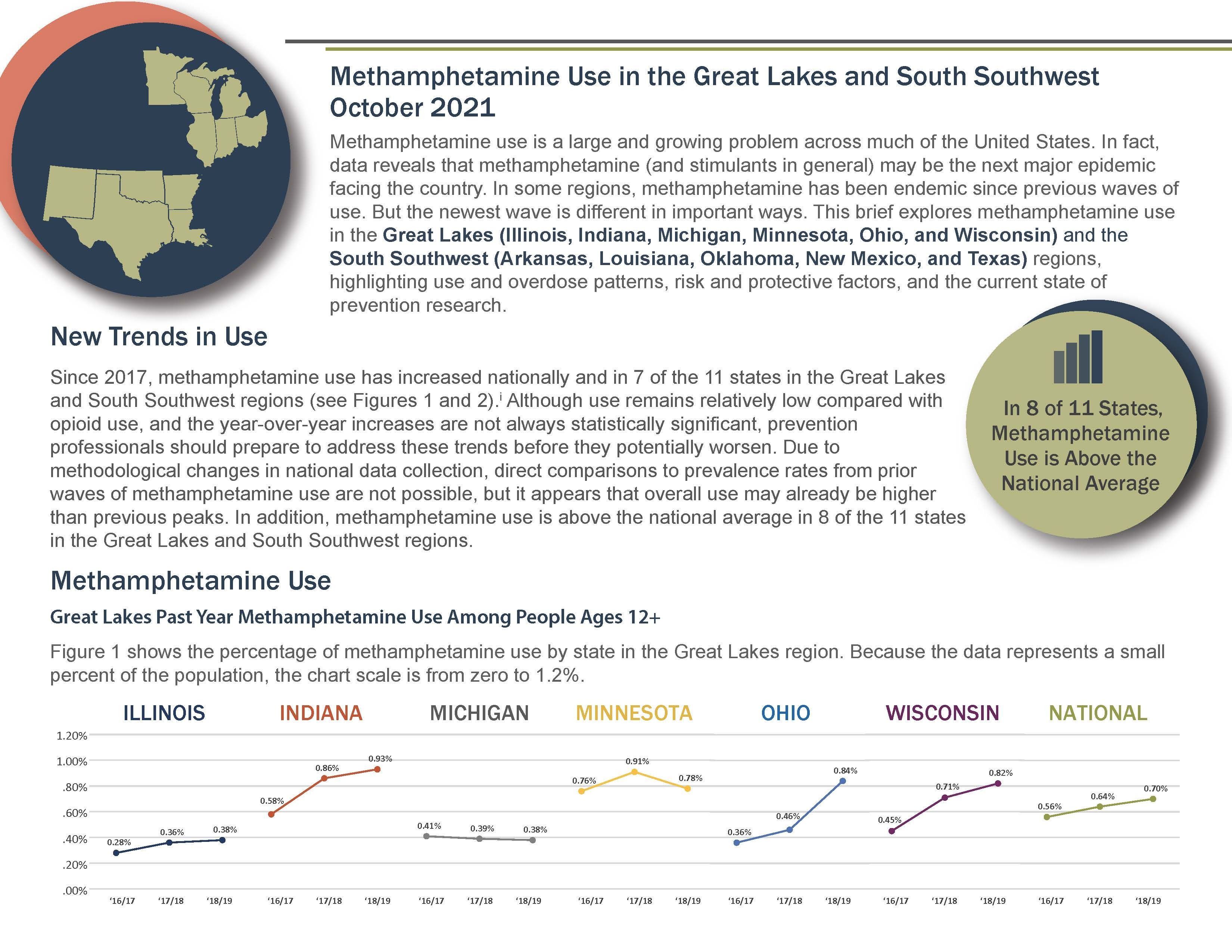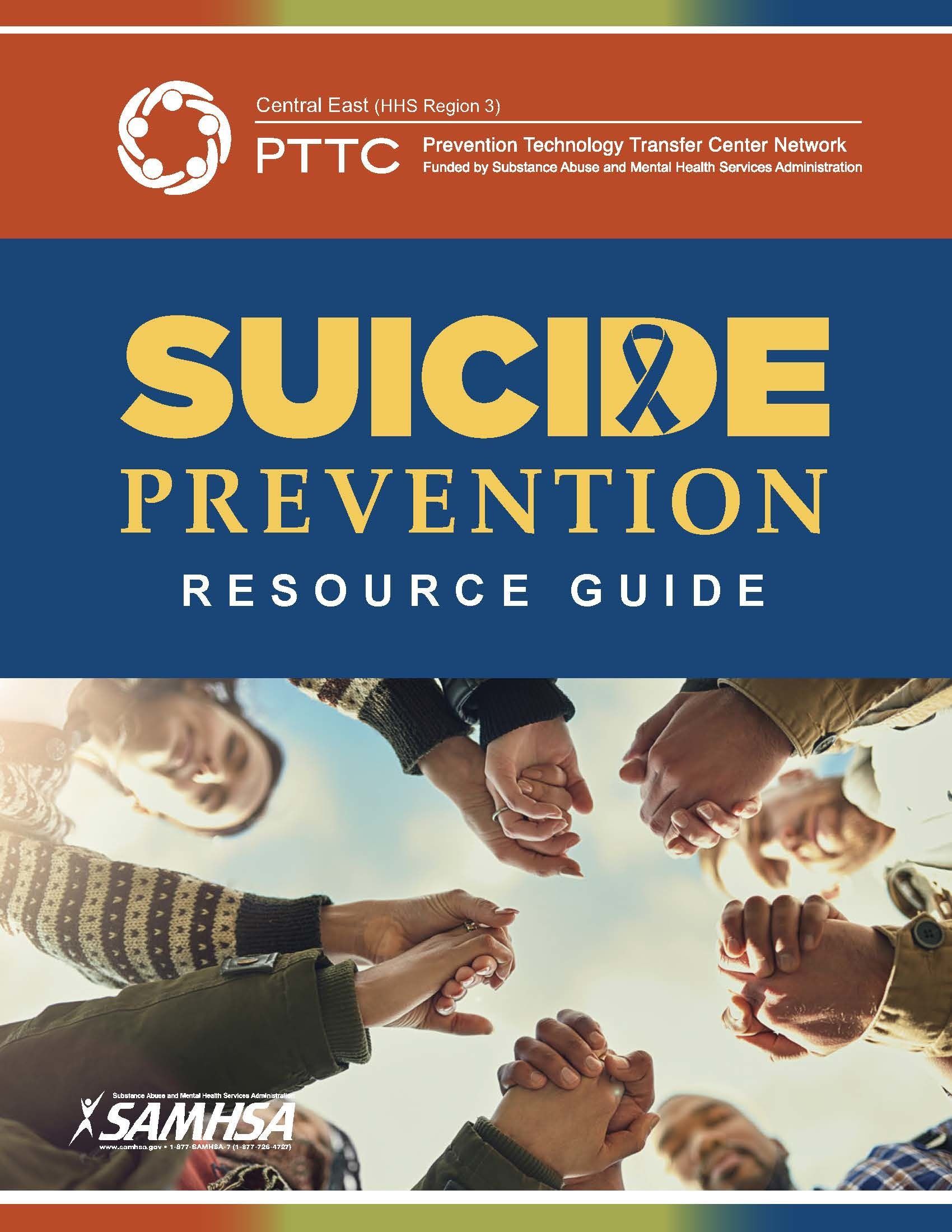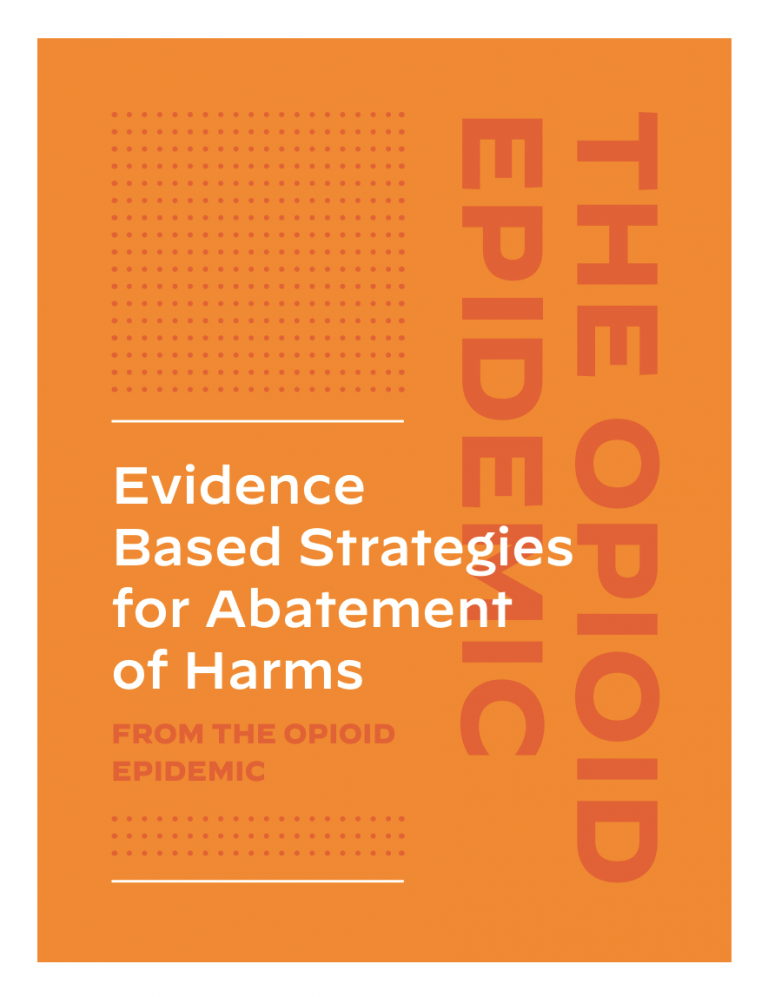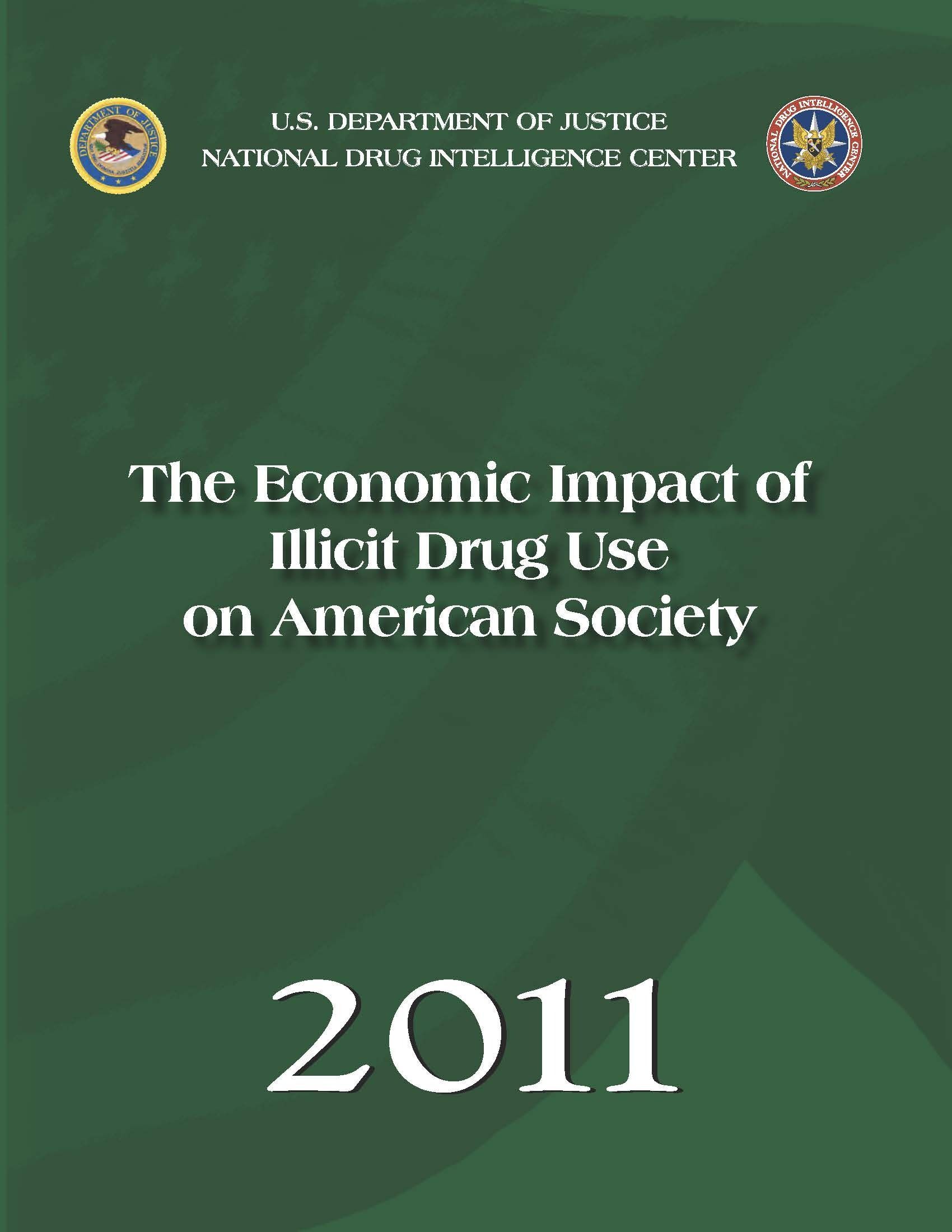Reports
Produced on behalf of the Inter-American Drug Abuse Control Commission (CICAD), this report explores the emergence of nitazenes in North and South America. The report outlines what nitazenes are, the scope of nitazene use, and the known risks associated with use. This report also describes the legal status of nitazenes across countries and provides insights into nitazene production and trafficking in the Americas.
Produced on behalf of the Inter-American Drug Abuse Control Commission (CICAD), this report explores the emergence of xylazine in North America, South America, Central America, and the Caribbean. The report outlines what xylazine is, the scope of xylazine use, and the known risks associated with use.
Produced on behalf of the Inter-American Drug Abuse Control Commission (CICAD), this report explores methamphetamine trends in the United States, Canada, and Mexico. The report describes methamphetamine prevalence and use patterns in each country and the known public health impacts of use. The report also describes the changes in methamphetamine production and trafficking across North America.
Produced on behalf of the South Southwest and Great Lakes Prevention Technology Transfer Centers (PTTCs), this report highlights the rising use and consequences of methamphetamine in the regions. It also summarizes known risk factors for methamphetamine use and the evidence base for methamphetamine prevention and overdose prevention strategies. Without intervention, methamphetamine may become the next major substance use epidemic in the United States, and appears to already be reaching that status in some places. This report was designed to empower prevention professionals through understanding the scope of the issue in their regions and the need to respond quickly and effectively.
Produced in collaboration with the Central East Prevention Technology Transfer Center (PTTC), this resource guide and literature review present information to support suicide prevention efforts.
The resource guide is a catalog of relevant organizations and tools, at the national level and within the Central East region (DE, MD, PA, VA, WV, and DC). Original publication date: March 2020
The literature review presents the evidence base for the importance for addressing risk of suicide within the context of substance use prevention. It provides information on the linkages between substance use and risk of suicide and provides a reference guide on evidence-based programs for simultaneously addressing both issues. Original publication date: December 2021
Jointly produced by several national addiction experts, this comprehensive report contains recommendations and evidence-based strategies for investment of litigation settlement funds to end the opioid crisis and mitigate future harms.
This report was designed to support and empower state and local officials in making critical allocation decisions and consolidates the best research evidence to provide recommendations for high-impact investments that will improve the addiction treatment system, strengthen prevention and harm reduction programming, and address substance use disorder within the criminal justice system. In addition to outlining the scientific support for each recommendation, the authors include detailed guidance related to economic impacts and policy considerations.
Authored by Patrick Murphy and John Carnevale, this report from the Public Policy Institute of California, report concludes that, if California legalizes recreational marijuana, the state should develop a single highly regulated marijuana market for medical and recreational uses. The report analyzes the regulatory approaches taken by Washington and Colorado--the first two states to legalize recreational marijuana--to help California learn from their experiences.
This whitepaper examines the opportunities and challenges presented by the Affordable Care Act (the ACA) for criminal justice reentry.
An estimated 6.89 million individuals were under the supervision of adult correctional systems in 2013, 4.75 million under community supervision, 1.57 million in prison, and roughly 731,000 housed in local jails on any given day. With millions more passing through local jails every year, people flowing through the criminal justice system are less likely to have health coverage and often have significant healthcare needs. Yet while the criminal justice system accounts for only a small percentage of the U.S. population, an estimated 14% of residents with HIV, 33% of those with Hepatitis-C, and 40% of those with tuberculosis pass through correctional facilities, while 40% of men and nearly 60% of women in jail have at least one chronic health condition. According to numerous studies, healthcare disruptions when these individuals reenter the community have been found to lead to increased rates or re-incarceration, worse healthcare outcomes, and more costly care.
Using information retained by the Treasury Enforcement Communications System (TECS) and other sources, Carnevale Assoiciates worked closely with the SAI, the U.S. Department of Justice, National Drug Intelligence Center, and the Department of Homeland Security, Office of Customs and Border Protection, to develop a method for monitoring the quantity of drug-related bulk cash exiting the country each year at ports of entry on the Southwest Border of the United States.
Materials associated with this work are currently FOUO.
This 2011 U.S. Department of Justice National Drug Intelligence Center report prepared by Carnevale Associates, LLC. and Simeone Associates, Inc. examines the economic cost of illicit drug use in America in three areas: crime, health, and productivity. The report concludes that such use cost the U.S. $193 billion in 2007.



